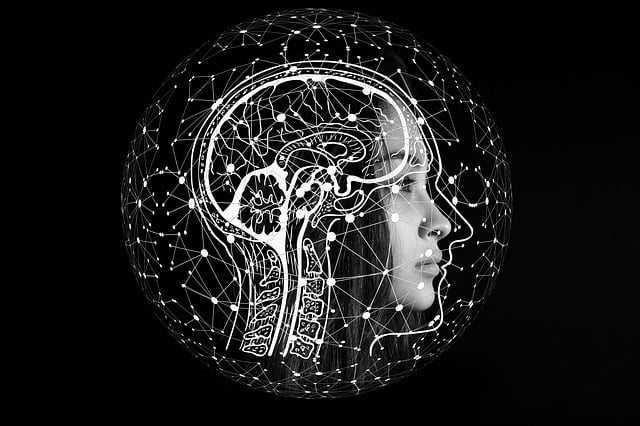Most children spend the better part of their week at school. Recent studies show that at least 1 in every 7 people is neurodivergent. As such, it’s important for schools to identify and celebrate neurodivergence from an early age.
What You Need to Know about Neurodivergence
Neurodivergence seeks to establish one of the most fundamental biological facts that the human brain comes in limitless varieties. The neurotype of a neurodivergent individual diverges from that of most people in society in a few ways.
It is classified into various types such as the following:
- Autism
- ADHD (attention deficit hyperactivity disorder)
- Dyslexia
- Dyspraxia
- Dyscalculia
- Tourette’s
- OCD (obsessive-compulsive disorder)
Just like neurotypical people, neurodivergent people vary, especially in the various categories listed above. Note that a person with ADHD will display different characteristics from another person who is autistic. On the other hand, autistic people have different characteristics from each other.
A few neurodivergent people actually refer to this as a difference in their processing (similar to a computer program). It’s like two different people performing the same functions but running on varying software. As such neurodivergent children may have a hard time if they are running on different processing compared to what’s available in their learning environment.
Working with Neurodiversity in Education
You can’t separate neurodivergence from a child. For instance, if you try to take away autism from a child, you may end up taking away the child’s entire being. Therefore, this is the right way to approach neurodivergence in any school setting. You need to work with the young person in question and not around their neurodivergence behaviour.
Here are a few ways you can achieve this effortlessly.
1. Research and Share Resources
If you want to make the learning environment friendly to neurodivergent people, you need to understand it properly. Everyone can enjoy a lot of benefits from learning more about their fellow human beings. Even better, there are a lot of great resources like an online diploma for disabled journalists course to help you get started in this learning journey.
The volume of knowledge online around neurodiversity is vast. You will come across numerous factsheets and PDFs on all the information you need on neurodivergence. You will also find suggestions for different activities. Print out these resources and share them with your staff for the best results.
2. Promote Understanding of Neurodivergence
Teachers need to promote the understanding of neurodivergence among their peers. Additionally, if you want to ensure a productive classroom, you need to teach children what it means to be autistic, have OCD, ADHD, and other categories of neurodivergence.
Some of the Best Approaches to Take Include the Following
- Encourage empathy and acceptance by teaching children that everyone is different and their needs vary from one person to the next.
- Make sure other students understand why everyone’s brilliance is different. Encourage students to be proud of their uniqueness and to view themselves as part of a diverse class in a wider community at school.
- Build a sense of community by making sure that everyone is respected and valued. They should know they have an impact and encourage teachers to understand the various strengths and needs of every individual.
- Create different learning styles and come up with various ways of handling tasks to allow flexibility since there is no accurate method to achieve the result.
- Teach people about neurodivergence by adding it to the curriculum. You can also come up with examples of people in history who were known to be neurodivergence.
- The right way to accept neurodivergence is to teach people about it as young as possible.
